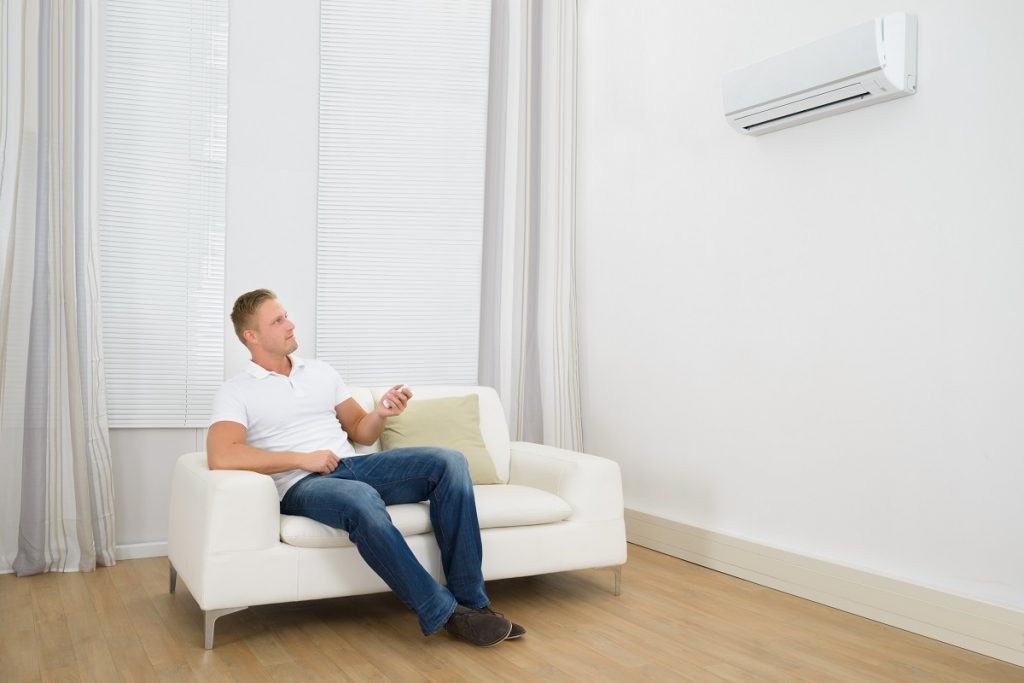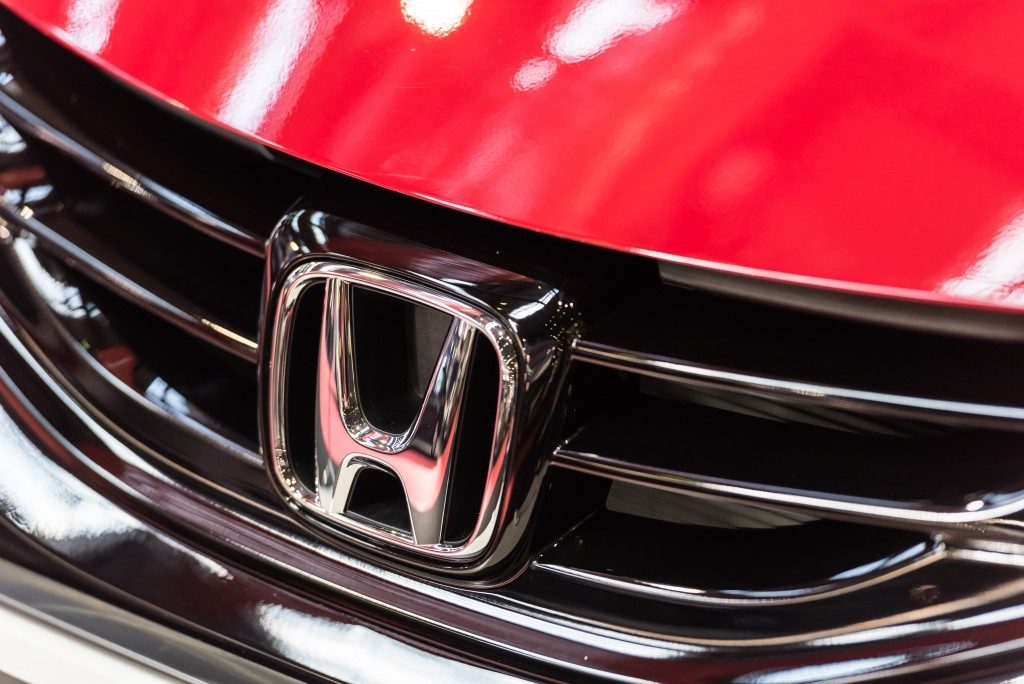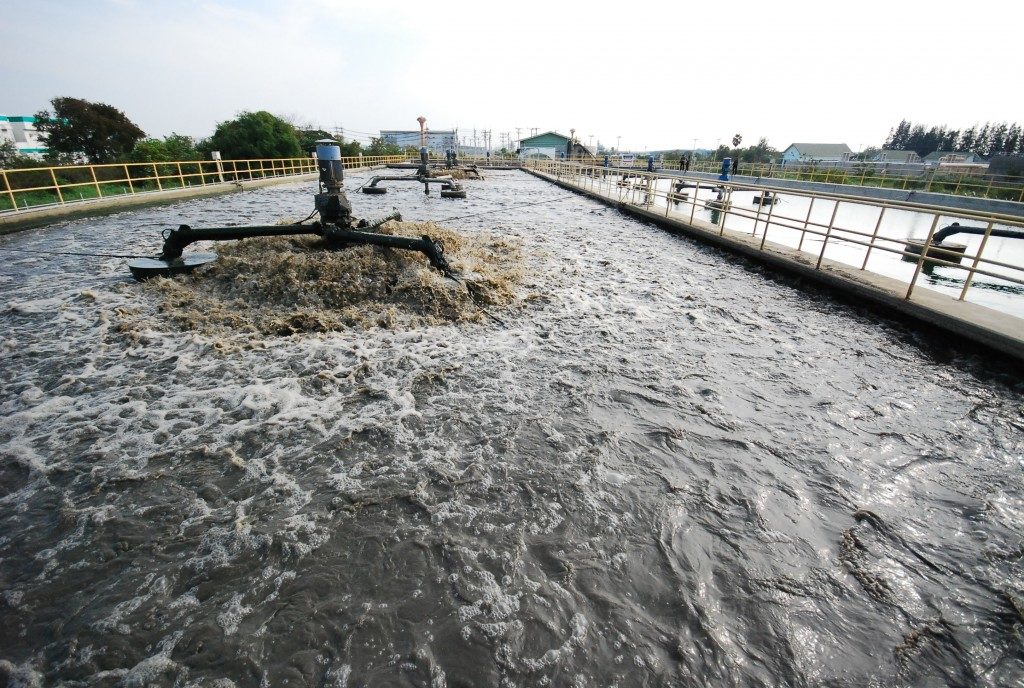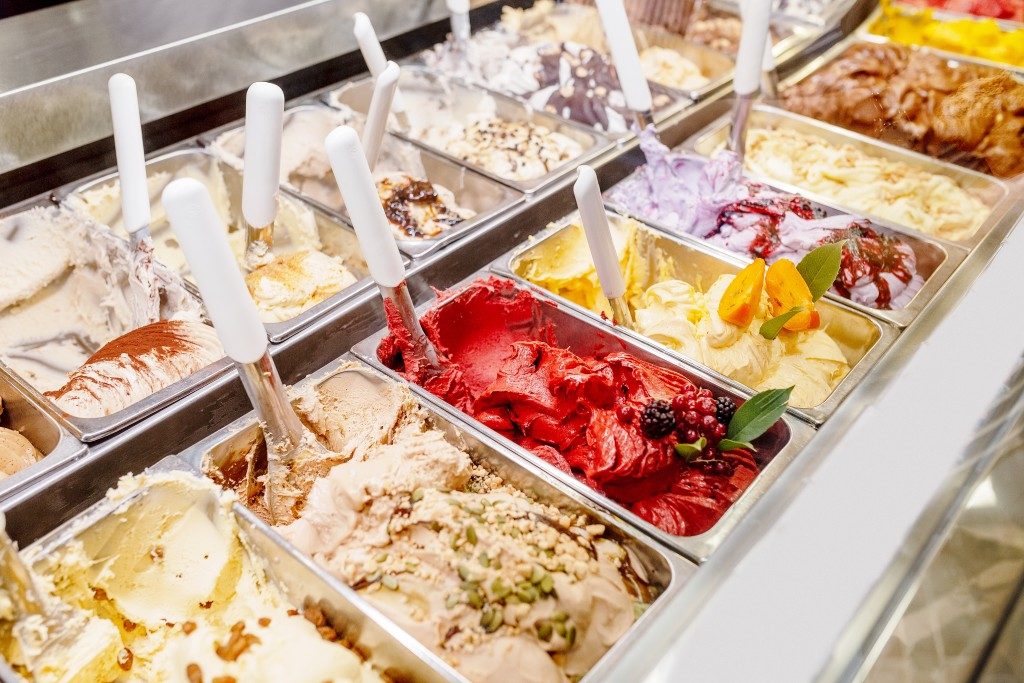Global temperatures have increased an average of around 0.32 degrees Fahrenheit or 0.18 degrees Celsius per decade since 1981. This is over two times the rate of 0.13 degrees or 0.08 degrees Celsius from 1880 to 1980. This resulted in a warmer climate in many parts of the world.
Prolonged exposure to high temperatures can cause heat cramps, heat exhaustion, and heatstroke. While deaths due to heat are preventable, extreme heat causes the death of over 600 people every year. Due to this, people are doing everything they can to keep themselves cool, especially during the summer. Here are the ways you can protect yourself from heat-related illnesses.
Stay Hydrated
One practical way to stay cool is to keep yourself hydrated. Drinking a lot of fluids is essential even if you are not active. Staying hydrated allows you to regulate your body temperature, prevent infections, ensure the proper functioning of your organs, and bring nutrients to the cells of your body. It also allows you to have better sleep and improve your mood.
An average woman needs around 11 cups of water every day, while men need around 16 cups each day. The liquid is not limited to plain water since they can also get it from fruits, tea, or coffee. You should not wait to get thirsty since you may end up drinking lesser than what your body needs. You should also avoid drinking alcoholic drinks since they can cause you to lose the fluids your body needs.
Keep the Heat Out
You should also keep the heat out, especially during summer. Keeping the blinds closed can bring down temperatures inside your home. You can also buy block-out curtains that can shield the home’s interior from the hot summer sun.
You can also position large potted plants or install awnings to block the sunlight. Deciduous trees are good natural sun blockers since they can block the sun during summer and allow sunlight to pass through during winter. Window tinting is also helpful to keep the heat out in summer while keeping the home warm when winter comes.
Insulating the house also allows you to keep cool air inside the house. You should also close the doors to unused rooms to stop the cool air from escaping.
Use Air Conditioning
An air conditioning system is essential to keep yourself cool as temperatures increase around the world. Due to this, you should make sure your unit is working properly. If you find something wrong with the unit, you should contact an air-conditioning professional to repair it as soon as possible.
While using an air conditioner is a good way to keep the house cool during the summer, you may also end up with a higher electricity bill. You can remedy this by installing a unit that has a high energy-star rating. You can also increase the temperature to a level that is comfortable for you while keeping electricity costs down.
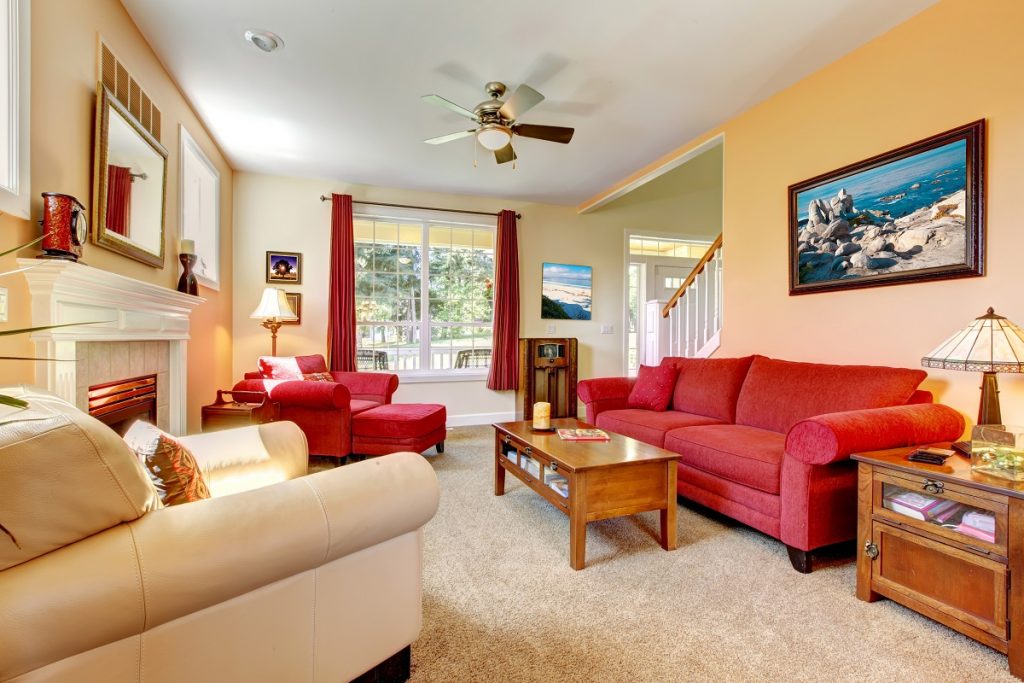
Modify the Electric Fans
Aside from an air conditioner, you can also use electric fans to keep your home cool. If you have a ceiling fan, you can modify it to rotate counter-clockwise. When you let it rotate fast after this modification, the fan will push air down to create a cooling effect in the house. This allows you to maintain the temperature of a room throughout the whole day. It also allows you to avoid keeping the air conditioner from running the entire day.
If you have no air conditioner, you can position a bowl of ice in front of an electric face so the fan will blow cool air in your direction. You can use a shallow pan of ice to get the cool breeze you need to fight off the heat.
Replace the Lightbulbs
If you still use traditional incandescent light bulbs at home, it may be time for you to replace them. Traditional incandescent bulbs release around 90 percent of their energy as heat. So, if the house is full of these types of bulbs, the house’s temperature will go up.
If you replace them with light-emitting diodes or LEDs, it will bring down the temperature. Additionally, you’ll also save on electricity costs since LEDs have low energy usage. Energy Star LEDs can last up to 25 years and use only around 20 to 25 percent of the energy used by traditional incandescent bulbs. Other options that you can try are halogen incandescent bulbs and compact fluorescent lamps or CFLs.
With the increasing temperatures worldwide, you should look for different ways to keep your home cool, especially during the hot summer months.

